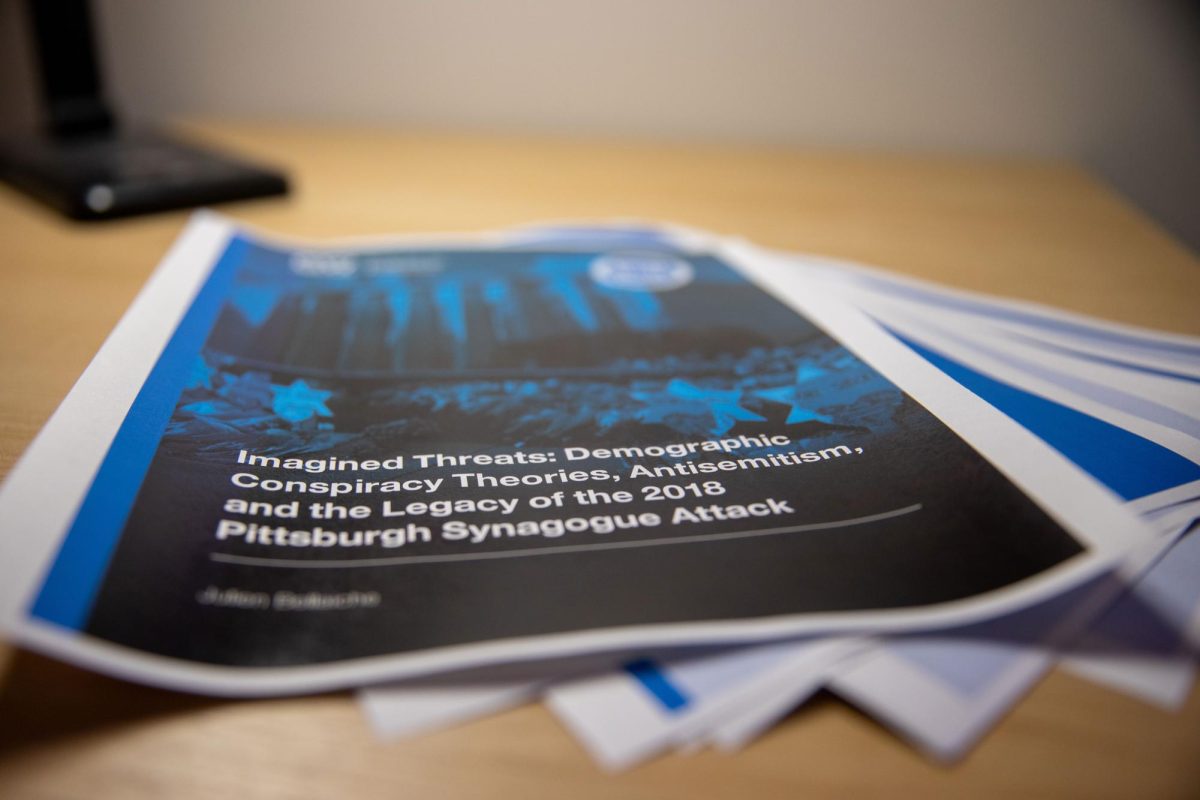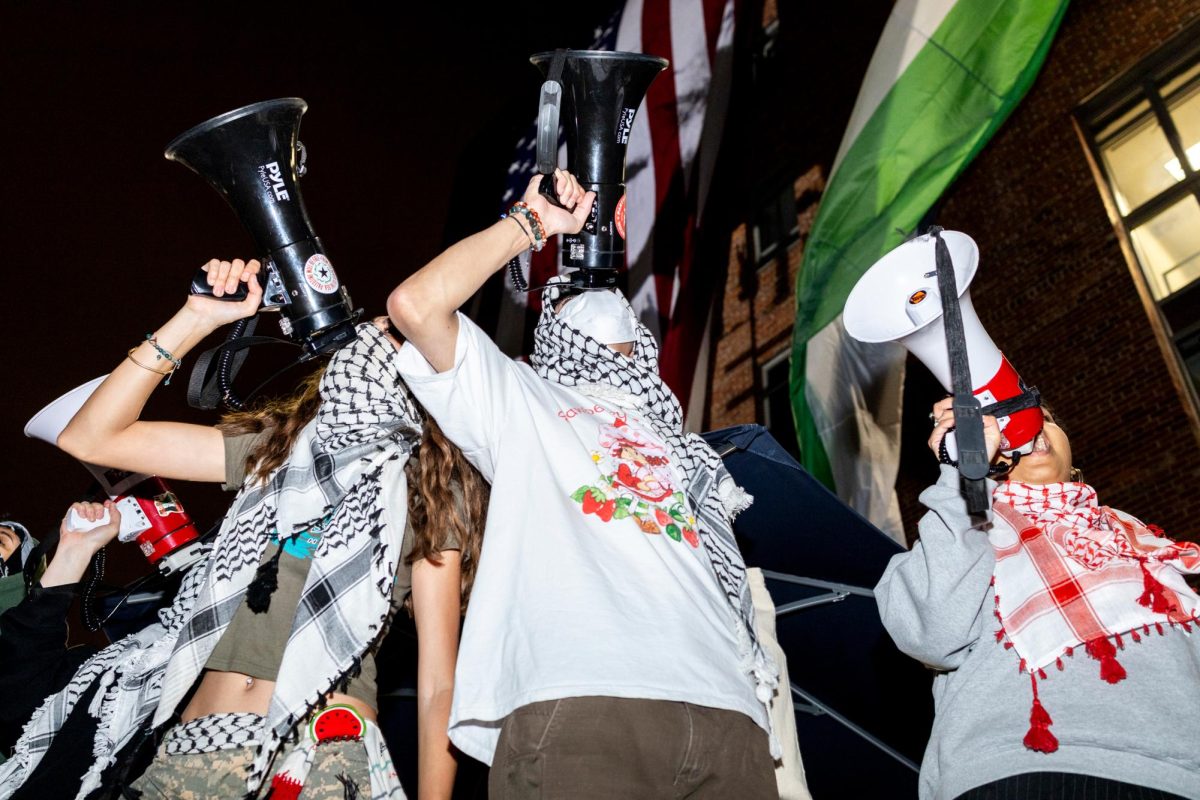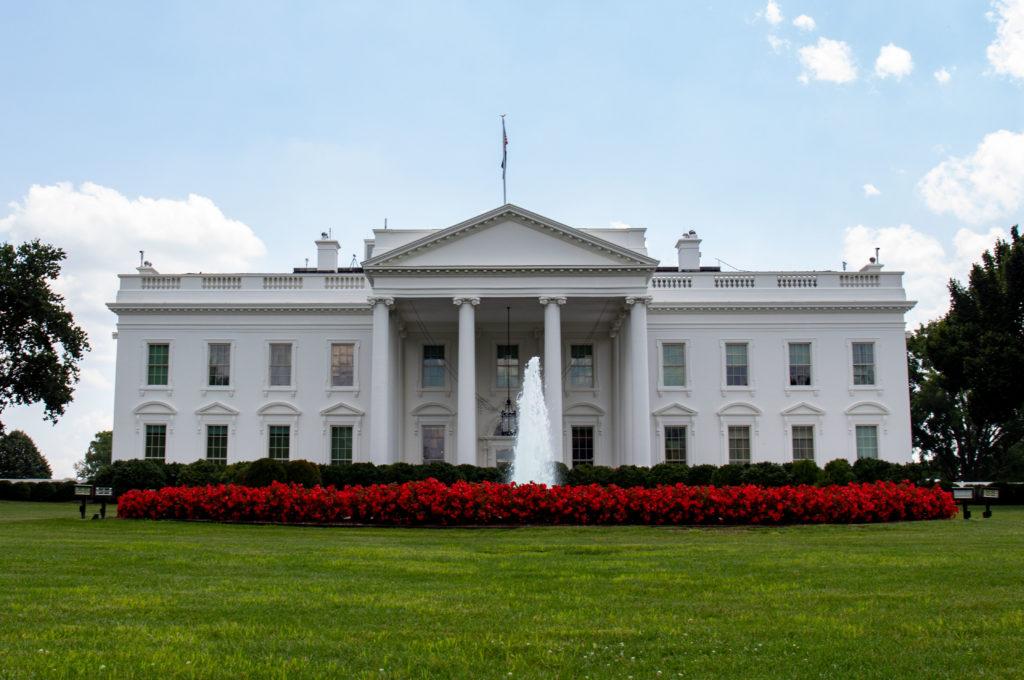Researchers found conspiracy theories among the extreme right drive antisemitism and violence, according to a report published late last month.
The GW Program on Extremism and the International Centre for the Study of Radicalisation published a report that discusses the Tree of Life synagogue attack, the deadliest attack on Jewish people in U.S. history, and how far right conspiracy theories influenced the attacker, Robert Bowers. Lorenzo Vidino, director of the Program on Extremism, said the report found antisemitic conspiracy theories continue to fuel far-right theorists and have further inspired subsequent attacks, like the 2022 Buffalo supermarket shooting and the 2022 Bratislava LGBTQ+ bar attack.
“We do see antisemitism as a phenomenon spanning virtually all extremist ideologies,” Vidino said in an email. “It is not entirely a new phenomenon, as cross-ideological pollination of antisemitism is a centuries-old cancer.”
Bowers, a white supremacist, opened fire on Jewish worshippers observing Shabbat — the Jewish day of rest — murdering 11 people on Oct. 27, 2018, in Pittsburgh, Pennsylvania. A federal judge sentenced Bowers to death in August after a jury voted unanimously to give him the death penalty.
The report states that Gab, a social networking platform known for its large far-right user base, was the primary platform Bowers used to post antisemitic comments that hinted at his intentions for the massacre. Five years after the attack, Gab still regularly hosts content that commemorates and glorifies his actions.
Julien Bellaiche, a doctoral candidate at the War Studies Department of King’s College London and an ICSR research fellow, authored the report in collaboration with the GW Program on Extremism. He said the paper traces the origins of demographic replacement conspiracy theories across various periods and countries, studying how the spread of conspiracy theories and the glorification of hate crimes on social media drives violence.
Bellaiche said far-right adherents often believe minority groups like immigrants, Jewish, Black or Muslim people, plot to replace certain ethnics or racial groups that the conspiracy theorists consider “true” or “pure.” The White Genocide Theory named in the report is the white supremacist belief that white people are facing extinction and forced assimilation by a Jewish conspiracy to destroy the race. Similarly, believers in the Great Replacement Theory claim that nonwhite immigration should be drastically limited before immigrants and their families “replace” white people.
“The idea of the white race or Western cultures being in danger because of immigration, because of race mixing — it became increasingly central in these extreme right online spheres,” Bellaiche said.
Bellaiche said he conducted his research using books and manifestos as well as posts on social media written by right-wing extremists.
Bellaiche said the extremists amplify conspiracy theories through social media and glorify or take inspiration from the actions of people like Bowers. He said attackers, like those who committed the Poway synagogue and Bratislava shootings, draw from the same demographic replacement conspiracy theories but with their own “conspiratorial convictions” and role models. Both attackers directly cited Bowers as inspiration for their attacks, per the report.
Bellaiche said extreme right or neofascist military accelerationist groups canonized Bowers as a “saint.” He said these channels are a decentralized and fragmented movement that regularly incites violence online and has inspired several terrorist attacks in recent years.
“This is a whole subculture of of extreme right narratives online, and they celebrate and reference past attackers in different ways using, in Bowers’ case, public statements, so in the report, his last post, his last sentence became a catchphrase that many extreme right that’s sort of circulate in this area, in these communities and became like a sign or call for violence.”
A report conducted by the U.S.-based Anti-Defamation League and Tel Aviv University’s Center for the Study of Contemporary European Jewry found that antisemitic incidents in the U.S. hit a record high in 2022, and the number of antisemitic incidents in the U.S. increased from 1,879 in 2018 to 3,697 in 2022.
Experts in extremism said the report outlines extremists’ usage of myths related to demographic change to spread hatred against Jewish people and other minorities and how the assailant in the Tree of Life attack used social media to shape extreme right-wing ideology.
Bruce Hoffman, a professor and director of the Center for Jewish Civilization at Georgetown University and an ICSR Board Member with a forthcoming book on far-right extremism, said the article illustrates how right-wing extremists employ conspiracy theories like white replacement to justify and inspire antisemitic attacks.
“Social media has compressed and shortened that because everybody is in their own comfort zone on social media,” Hoffman said. “It’s rare that you get on social media to be confronted on your beliefs, you are often looking for people that think like you do. It becomes this, as the cliche goes, an echo chamber.”
Florette Cohen, an associate professor of psychology at the City University of New York, College of Staten Island, who has also written about the psychology of modern antisemitism, said social media has fueled the rise of antisemitism and white supremacy and have become breeding grounds for hate-filled rhetoric.
“Once these stereotypes are assimilated and activated, they are very difficult to deactivate,” she said.
Brian Hughes, a research assistant professor and the acting director of the Polarization and Extremism Research and Innovation Lab at American University, said imagined communities — when people perceive themselves as part of a group, like religion, nation, or even university affiliation — can often provide a sense of meaning for individuals, driving altruistic behavior. Hughes said in some cases motivation for a sense of community formed around false premises results in communities built around racism and conspiracy theories, which can lead to violence.
“What you see is this idea of the imagined community being turned towards violent ends because of a fear of extinction or extinguishment,” said Hughes.
Victor Asal, a professor of political science and director of the Center for Policy Research at the University of Albany, said the “us versus them” narrative espoused by far-right extremists is a fundamentalist view regardless of whether one deems themself the right type of person or as subhuman.
“There is a fundamental view that white people are the right people and everybody else are second class or subhuman people,” Asal said. “And so, we have a society that has still not unfortunately been able to fix these views that go out there that demonize people because they don’t look the right way, or they don’t have the right religion.”





